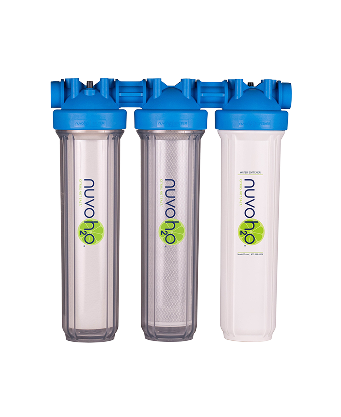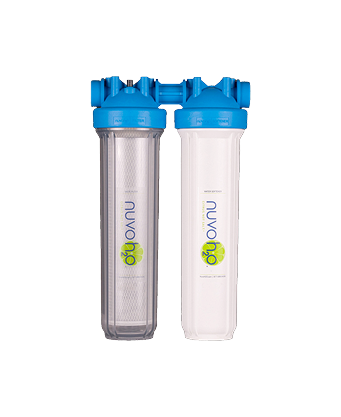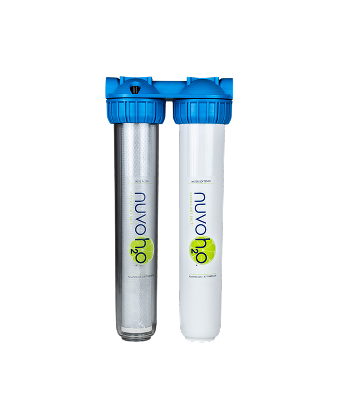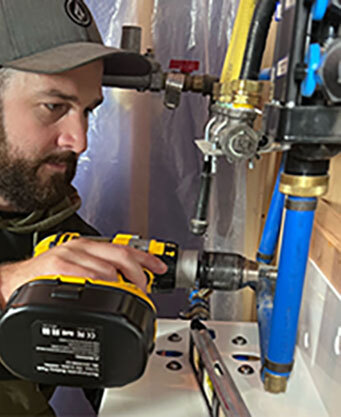How to Adjust Your Water Heater Temperature in 6 Simple Steps
11th Jan 2023
As winter approaches, you might be noticing that your running water isn’t as warm as you’d like it. NuvoH2O has you covered with six easy steps to adjust the temperature of your water heating system. If your water still isn’t hot enough you may require water heater repair or cleaning. If you’re looking for a water softener solution, look no further than NuvoH2O!
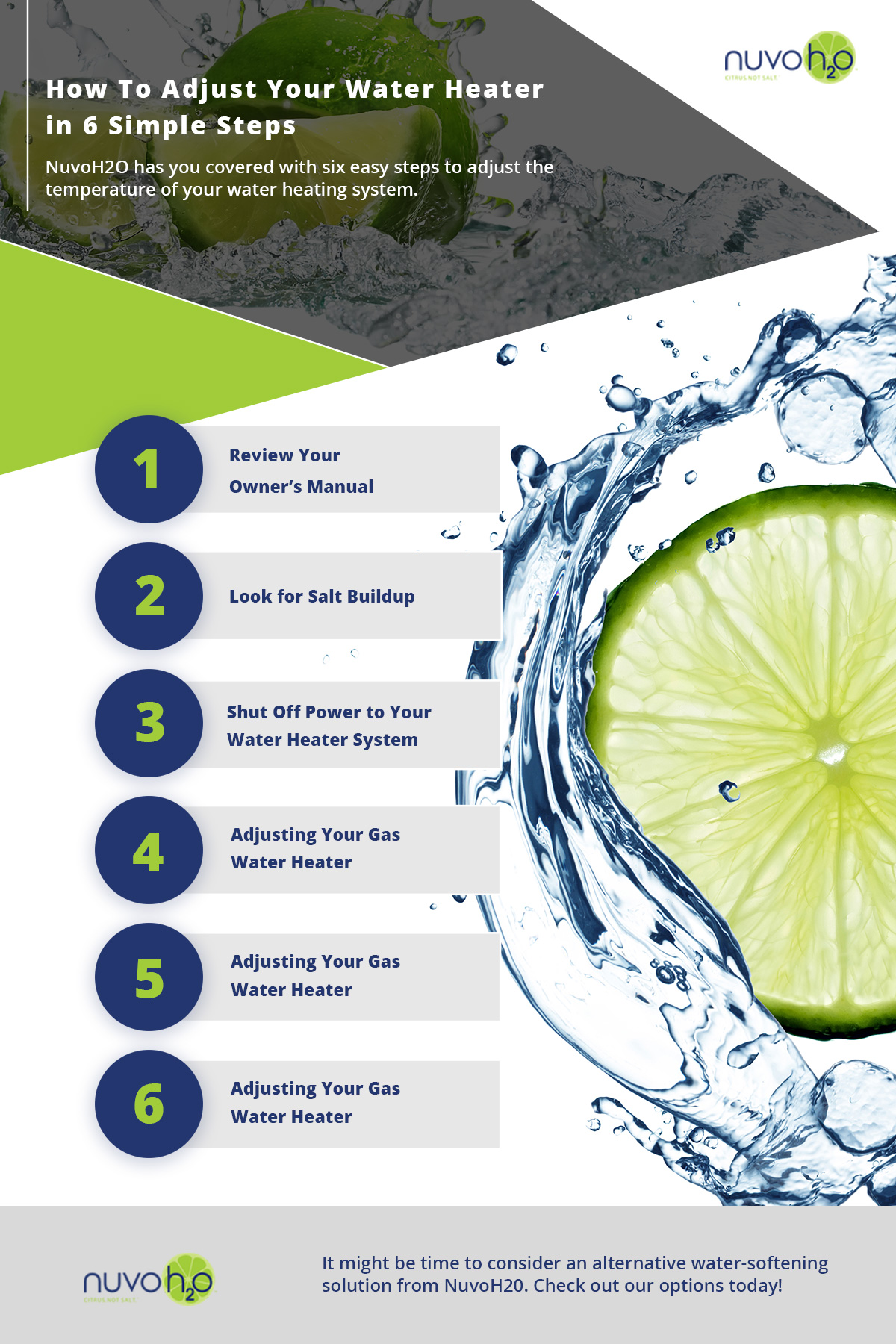

1. Review Your Owner’s Manual
Properly adjusting your water heater is an important step in ensuring your safety and comfort. Most water heater systems have a straightforward design, but you should always double-check your owner’s manual for any warnings that your specific model may have.
Doing this will not only provide valuable information on the best way to adjust the water heater but also provide important safety tips and warnings. Additionally, it is important to ensure the water heater is adjusted in accordance with local and state regulations.
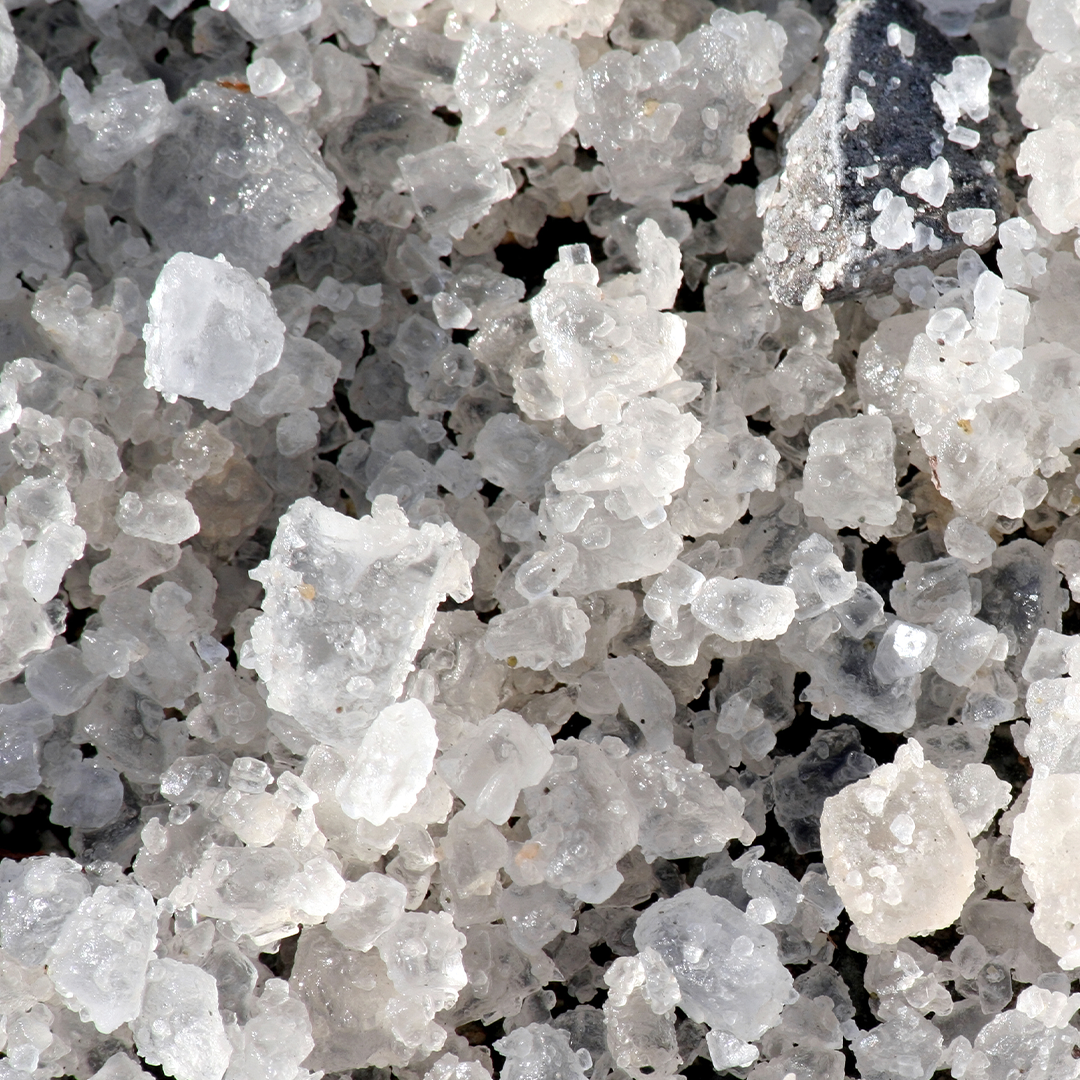
2. Look for Salt Buildup
Adjusting your water heater is important to ensure its optimal performance and longevity. To begin, look for salt buildup around the unit. This can look like white deposits on the ground around your water heater. You might also see a white film or build up around your plumbing fixtures. This can be indicative of issues with the pressure relief valve or the anode rod. If salt buildup is present, check the pressure relief valve to make sure it is functioning properly and replace the anode rod if necessary.
If you see any powdery buildup around your water heater system, it also might be a sign that your water softener is malfunctioning. Salt deposits can corrode your system and get into connectors. Check out NuvoH2O’s CitraCharge to get rid of gunky salt buildup and consider switching over to a citrus-based water softener and save energy lugging around heavy salt bags.
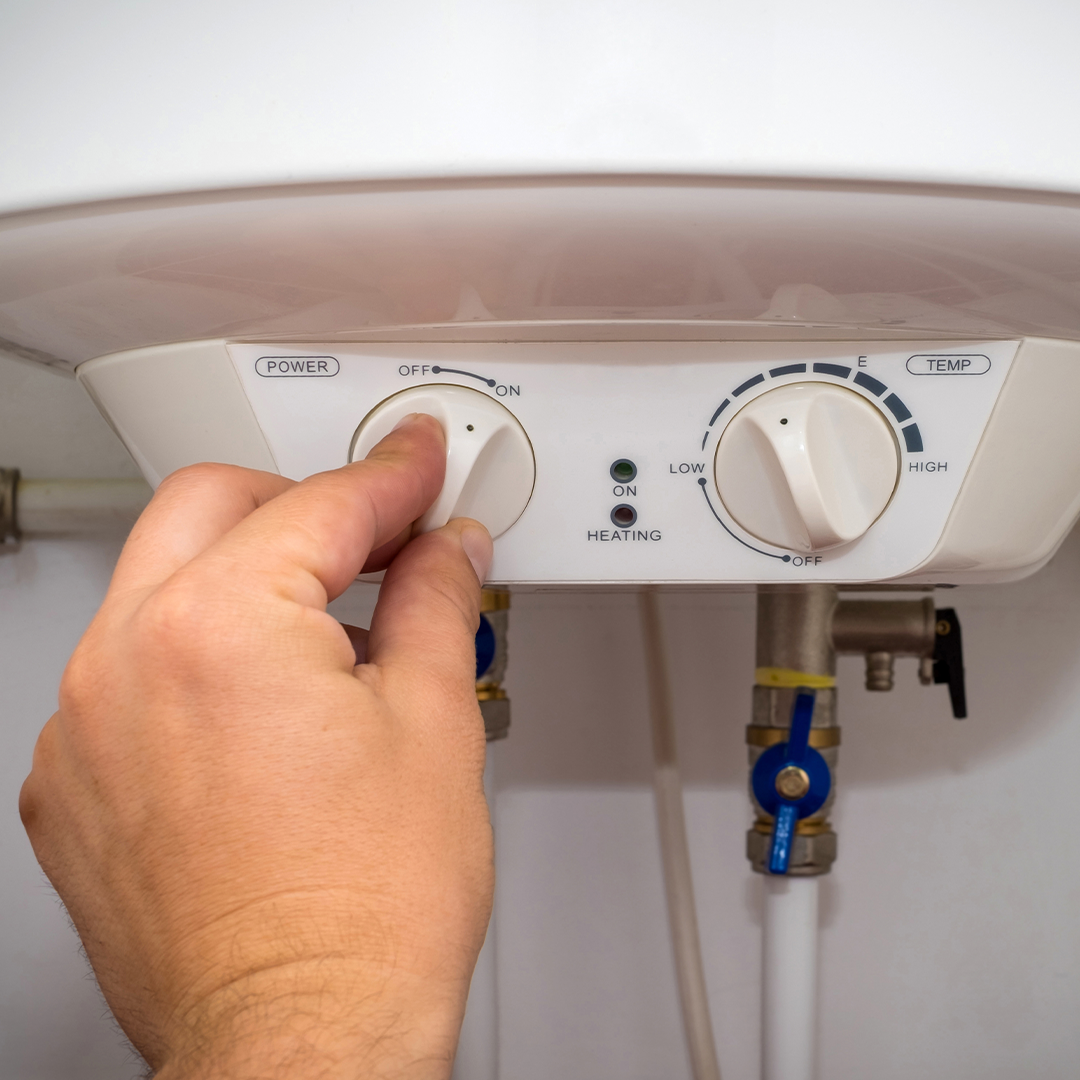
3. Shut Off Power to Your Water Heater System
One of the most important steps to keep you safe while adjusting your water heater is to cut off all power to the system and wait for the burner to cool down. This will help you avoid getting shocked and keep your system from doing too many things at once. Skipping this step may lead to expensive plumbing services.
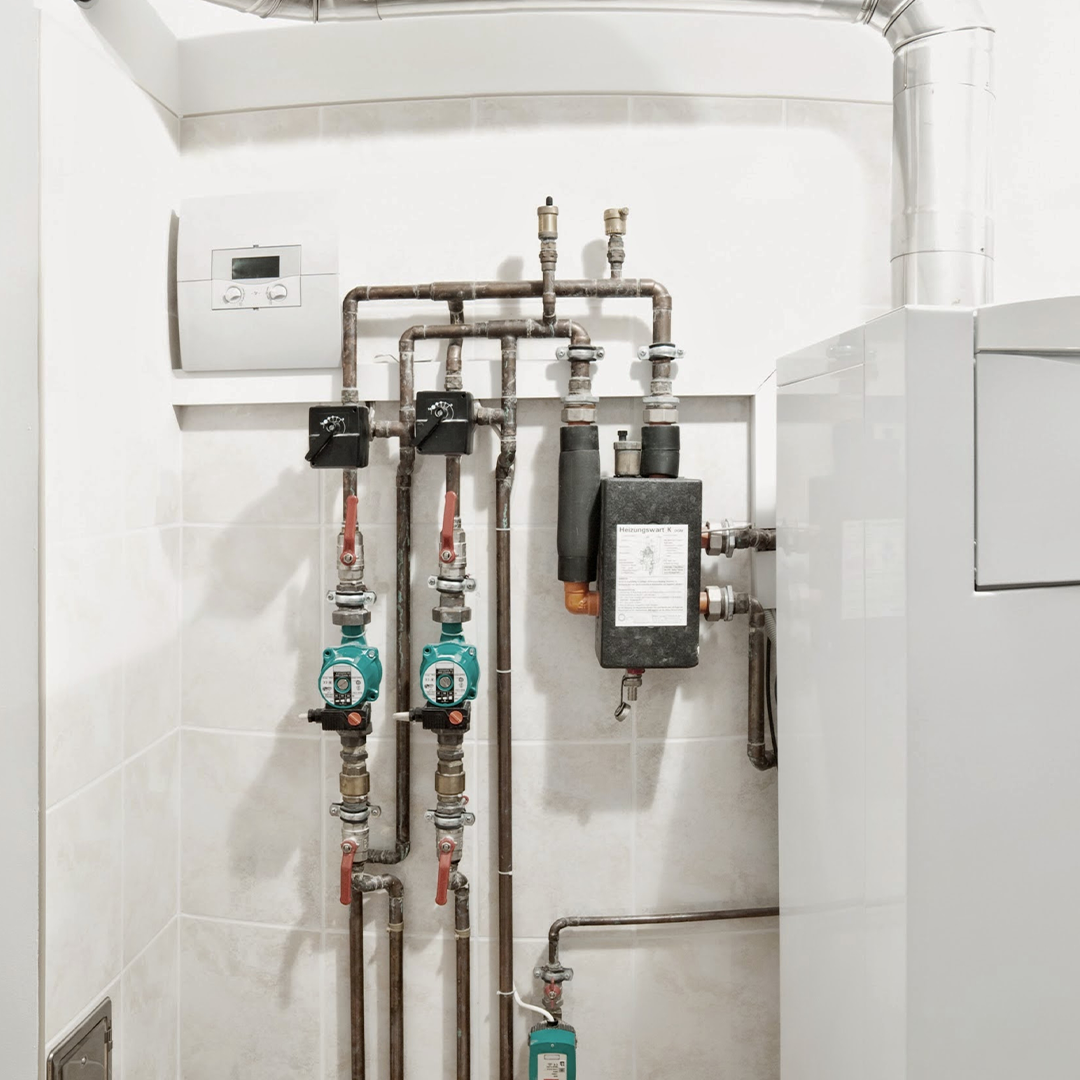
4. Adjusting Your Gas Water Heater
If your water heater is gas-powered, then changing the temperature is very simple. Use a screwdriver to rotate the dial until it is within the range of 115–120 degrees Fahrenheit (46–49 degrees Celcius).
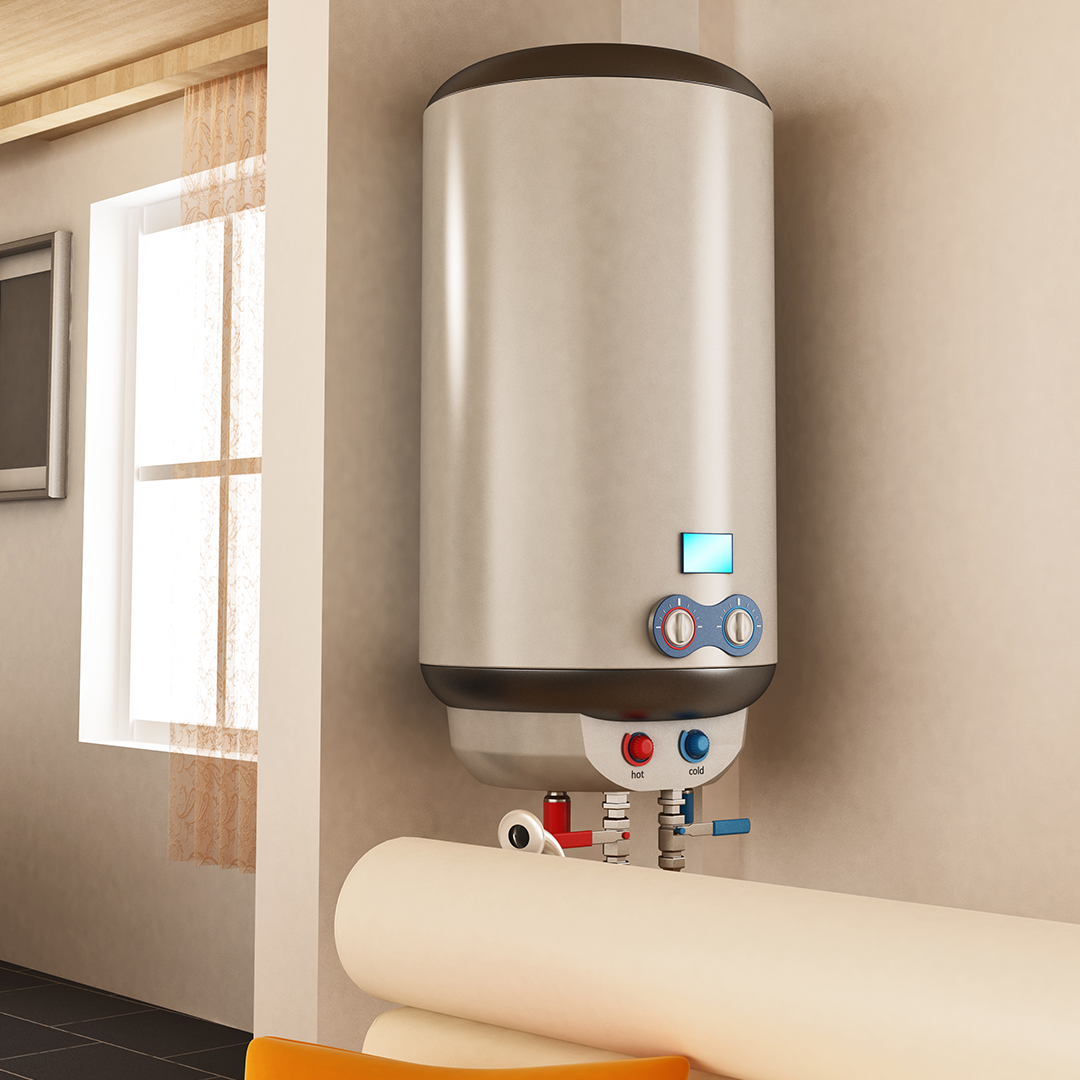
5. Adjusting Your Electric Water Heater
If you have an electric-powered water heater, then adjusting the temperature will look slightly different. There are two panels on an electric water heating system. Adjust the top one first to between 115 and 120 degrees Fahrenheit and then the bottom panel to a temperature about two degrees below the top one.
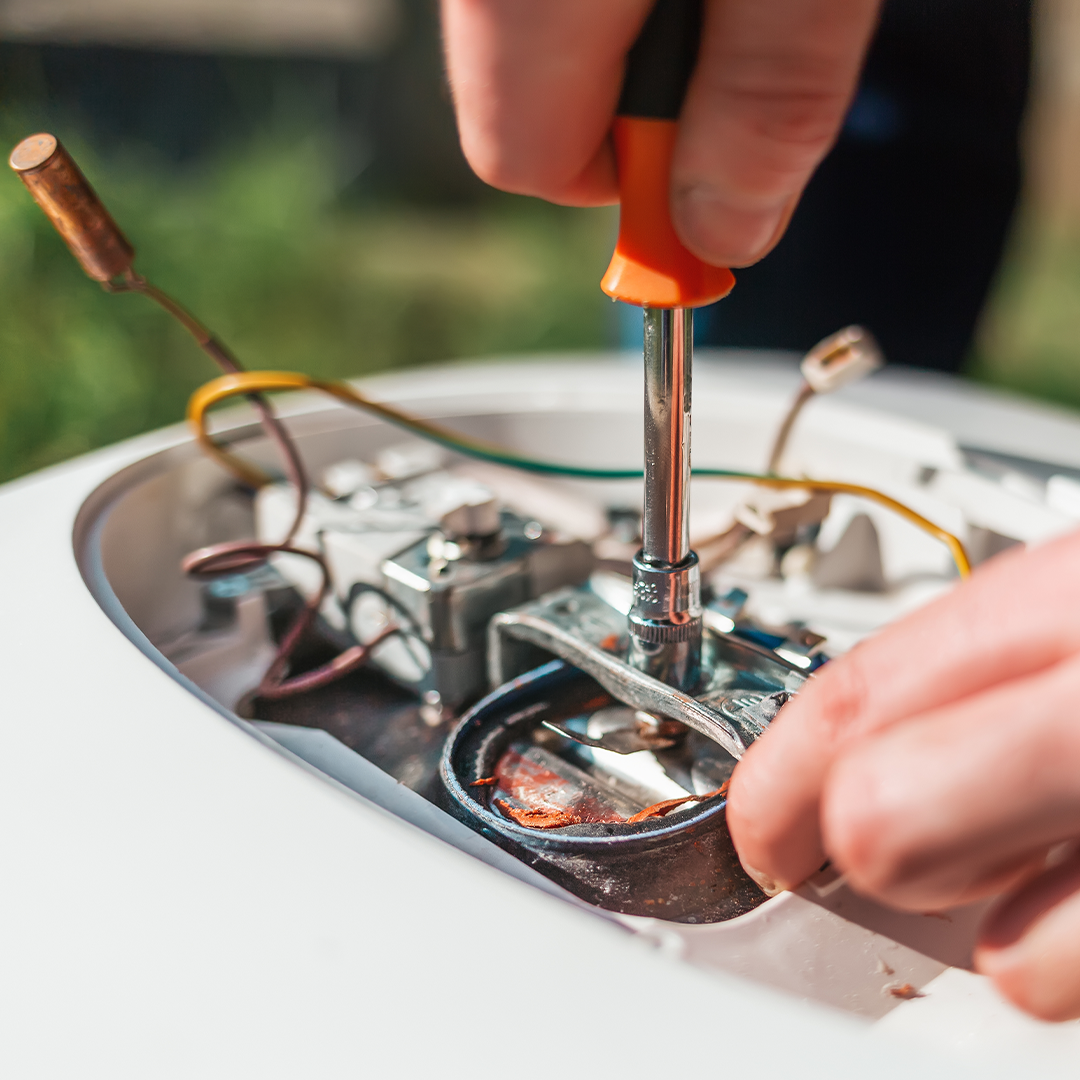
6. Check for Problems With Connectors
Before you walk away from your water heater for the season, it’s a good idea to do a quick scan of the whole machine. Check the connectors, water levels, and exterior to make sure they're in good shape. If there are any leaks or unwanted residue, you may require a plumbing solution. Problems with residue can be solved by changing from a salt-based water softener to a citric acid-based one. This also ensures that ultra-salty water isn’t making its way into your groundwater and affecting your lawn.
Adjusting the temperature of your water heating is easy with these six steps. If you notice any salt buildup or if the water coming out of your faucets seems hard, it might be time to consider an alternative water-softening solution from NuvoH20. Check out our options today!

